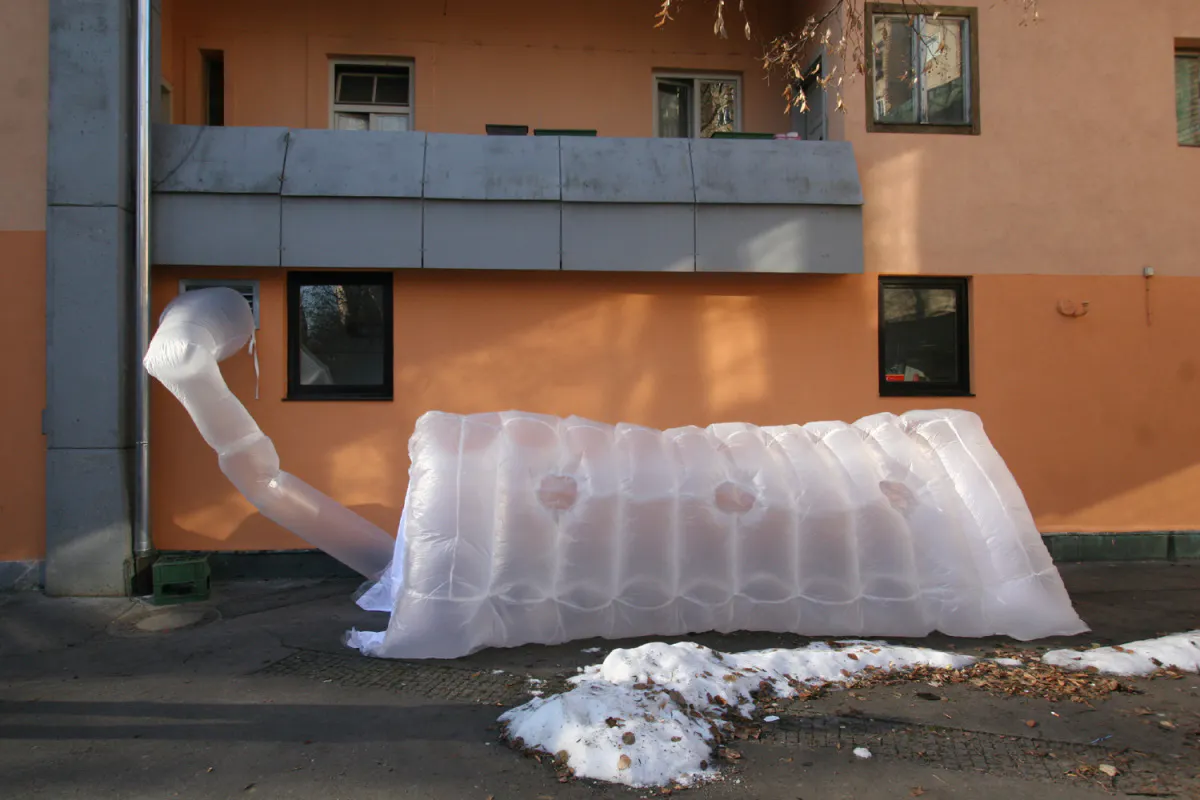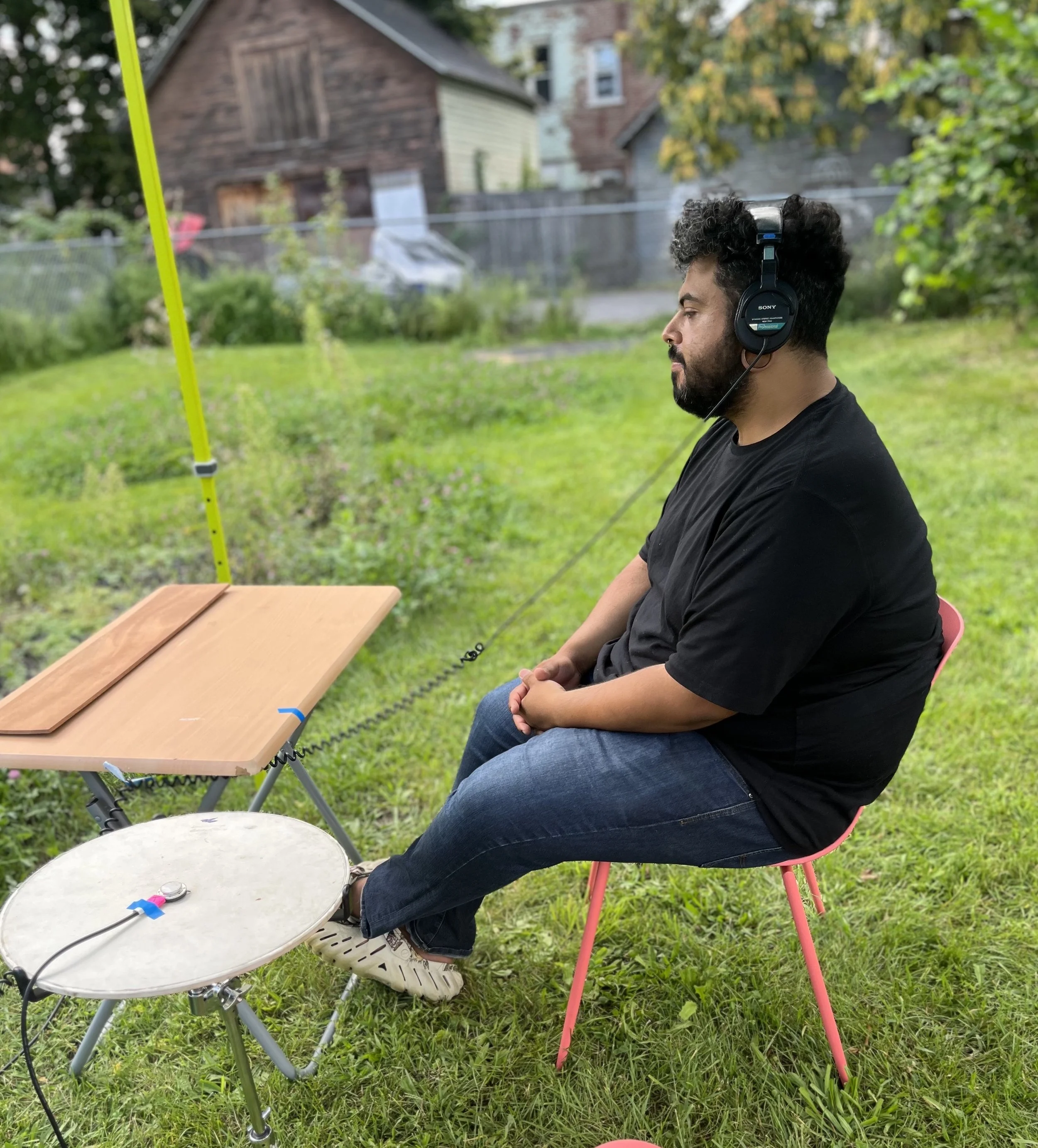Observe-Analyze-Interperet-Evaluate Method for feedback
Observe/Analyze/Interpret/Evaluate is one method for giving feedback. It evolved out of the Observe/Analyze/Interpret/Judge method, with method in order to emphasize feedback which matches the creator’s intent (as opposed to the reviewer’s preference).
In a classroom or workshop setting, it can be helpful to first go over the steps by looking at an existing work of art together, and being very methodical about each step as separate. The steps can be defined as follows:
Observe – what do you perceive? What do you see/hear/sense that is (as much as possible) an objective, perceivable fact about the work?
Analyze – how do those observed elements work together / interrelate?
These might include:
Interpret – how do these elements you’ve observe and analyze come together to make meaning (for you)?
Speak from the “I” here! Does the work make you feel a certain feeling? Remind you of something? Stir a type of question? Imply something? make you expect something? Confuse you? Does it make you *expect* anything?
Evaluate – does that match the creators intention? where might they go next? This part often involves asking questions to the person who created it.
BONUS: GIVE A GIFT! – Offer any themes you’ve noticed recurring across the creator’s work, or places you’d personally love to see them explore next based on what you’ve seen them do so far.
In a classroom or workshop setting, it can be helpful to first go over the steps by looking at an existing work of art together, and being very methodical about each step as separate. The steps can be defined as follows:
Observe – what do you perceive? What do you see/hear/sense that is (as much as possible) an objective, perceivable fact about the work?
Analyze – how do those observed elements work together / interrelate?
These might include:
- What aspects are you drawn to notice more than others?
- Does anything here remind you of anything else?
- Do you notice any references to other contexts (other works of art, for example?) – how did the creator suggest those connections?
- How do elements of the work relate to each other? IE – do the colors create contrast? Does the texture complement the shape?
Interpret – how do these elements you’ve observe and analyze come together to make meaning (for you)?
Speak from the “I” here! Does the work make you feel a certain feeling? Remind you of something? Stir a type of question? Imply something? make you expect something? Confuse you? Does it make you *expect* anything?
Evaluate – does that match the creators intention? where might they go next? This part often involves asking questions to the person who created it.
BONUS: GIVE A GIFT! – Offer any themes you’ve noticed recurring across the creator’s work, or places you’d personally love to see them explore next based on what you’ve seen them do so far.
//Tips & Tricks for Facilitators
In a classroom setting, this might unfold in the following way:
The presenter shows the work and gives only crucial contextualizing information. Usually, this means explaining only any factual information necessary (for example, if there is a word in another language, or a part that isn’t finished, or if this is for an audience that differs from the audience giving the feedback, or (in this case), how to advance through the slides!?) . The presenter could also include a question to direct feedback if there is something in particular the creator wants more attention on a certain aspect of their work. Refrain from self-interpreting or over-explaining your intention, the “meaning”.
Reviewers go through the first three steps – observe, analyze, and interpret. No observation is too basic, and no interpretation is off-limits if it is rooted in observation and analysis.
It can be helpful here for the presenter to respond to anything that surprised or pleased them that they heard so far. Then, the presenter should explain what they were going for, and ask any questions of the reviewers.
Based on what they heard from the presenter, and their observation/analysis/and interpretation, reviewers can answer the presenters questions, ask any clarifying questions, and then speak to how the work seems to match the intention of the presenter. If the presenter consents, the reviewers can also offer ways to adjust the work to better align with the stated intention.
Step 1: Presenter Shows Work + Contextualizing Information
The presenter shows the work and gives only crucial contextualizing information. Usually, this means explaining only any factual information necessary (for example, if there is a word in another language, or a part that isn’t finished, or if this is for an audience that differs from the audience giving the feedback, or (in this case), how to advance through the slides!?) . The presenter could also include a question to direct feedback if there is something in particular the creator wants more attention on a certain aspect of their work. Refrain from self-interpreting or over-explaining your intention, the “meaning”.
Step 2: Reviewers Observe, Analyze, and Interpret
Reviewers go through the first three steps – observe, analyze, and interpret. No observation is too basic, and no interpretation is off-limits if it is rooted in observation and analysis.
Step 3: Presenter shares intentions, asks questions.
It can be helpful here for the presenter to respond to anything that surprised or pleased them that they heard so far. Then, the presenter should explain what they were going for, and ask any questions of the reviewers.
Step 4: Reviewers evaluate
Based on what they heard from the presenter, and their observation/analysis/and interpretation, reviewers can answer the presenters questions, ask any clarifying questions, and then speak to how the work seems to match the intention of the presenter. If the presenter consents, the reviewers can also offer ways to adjust the work to better align with the stated intention.
//credits
This methodology was adapted by Sarah Rothberg originally for the course Communications Lab, Hypercinema, and is a riff on a method Edmund Burke Feldman outlined in Varieties of Visual Experience in 1971.









